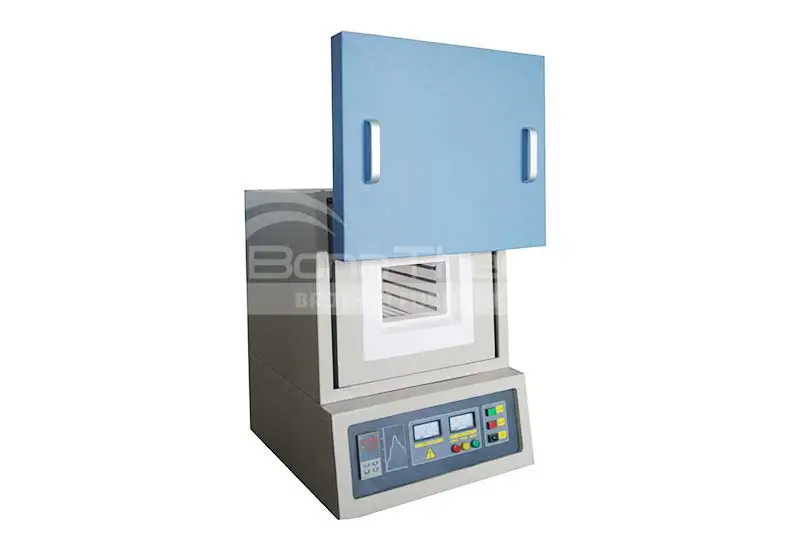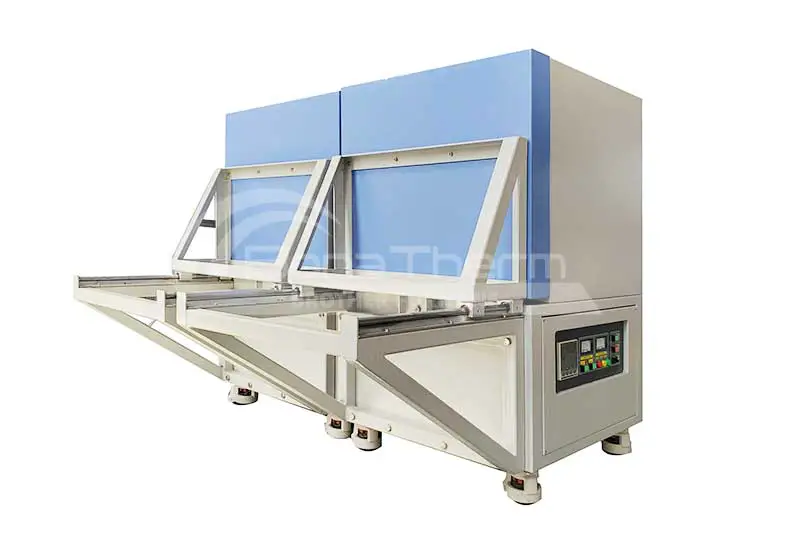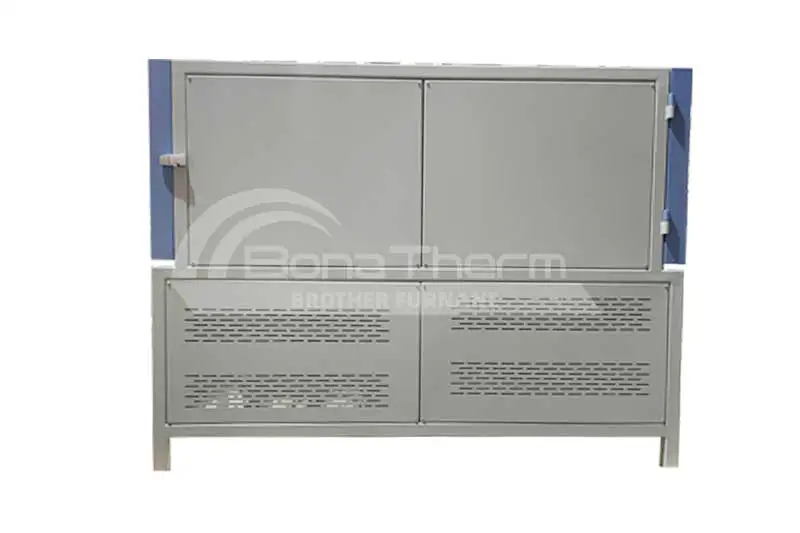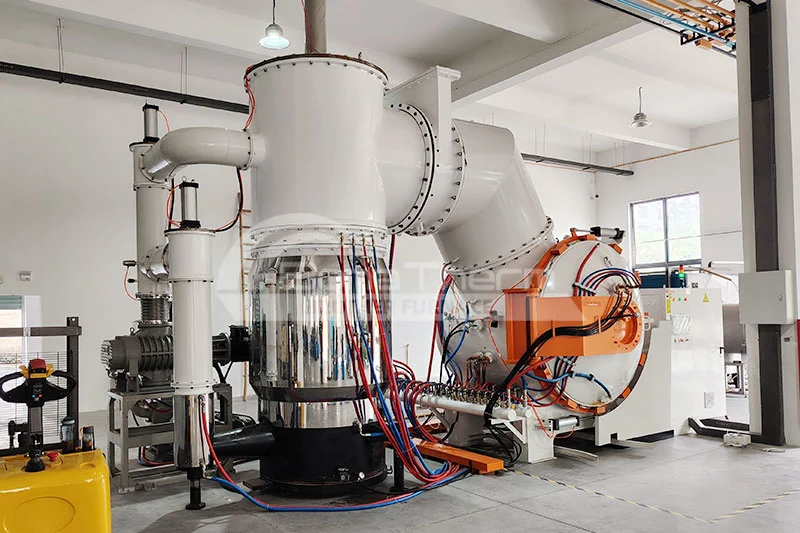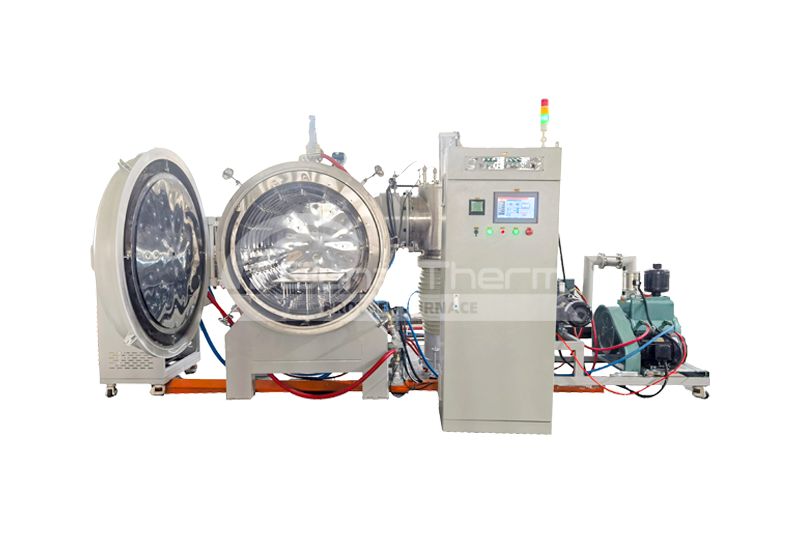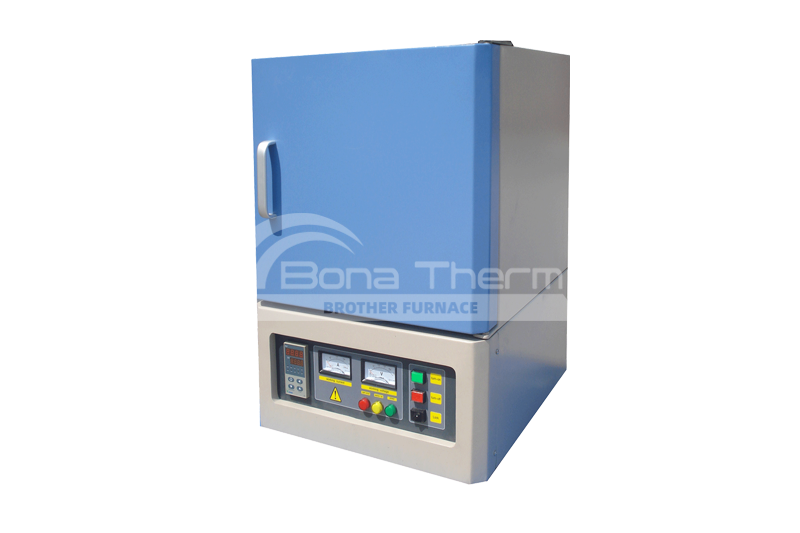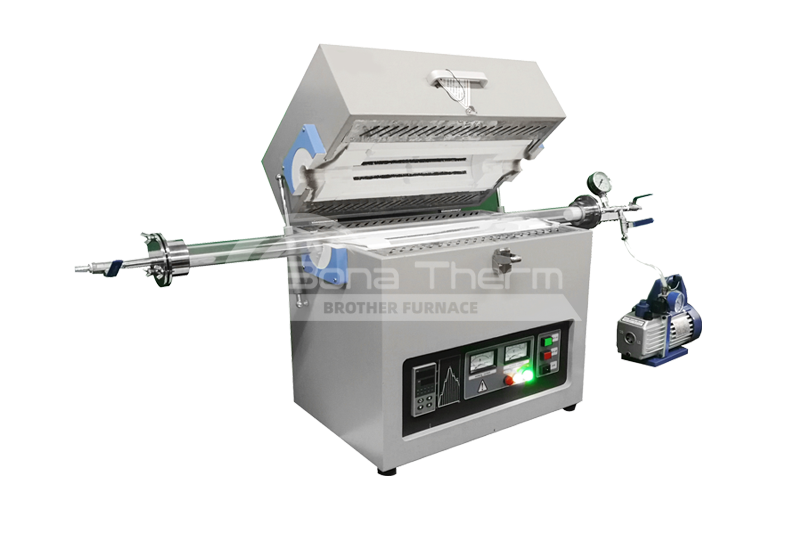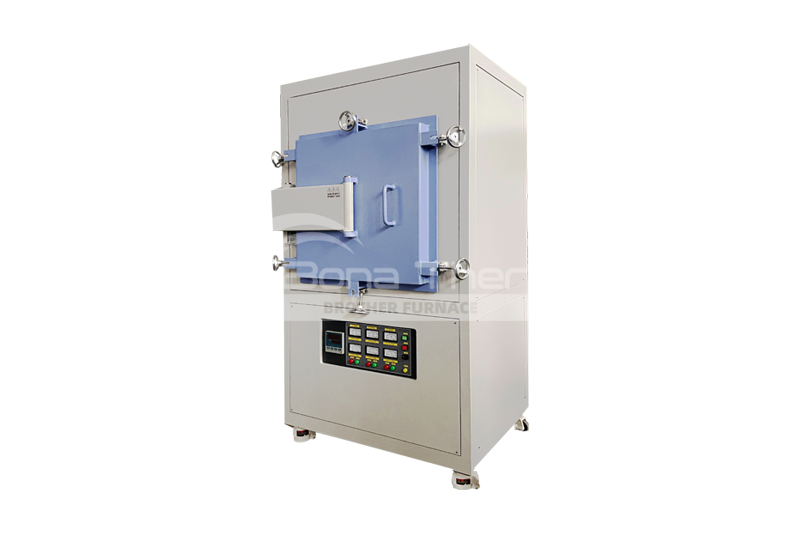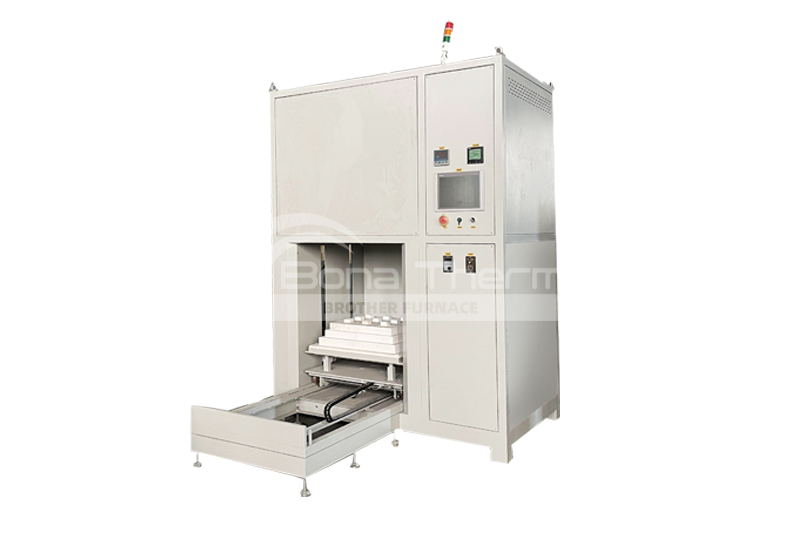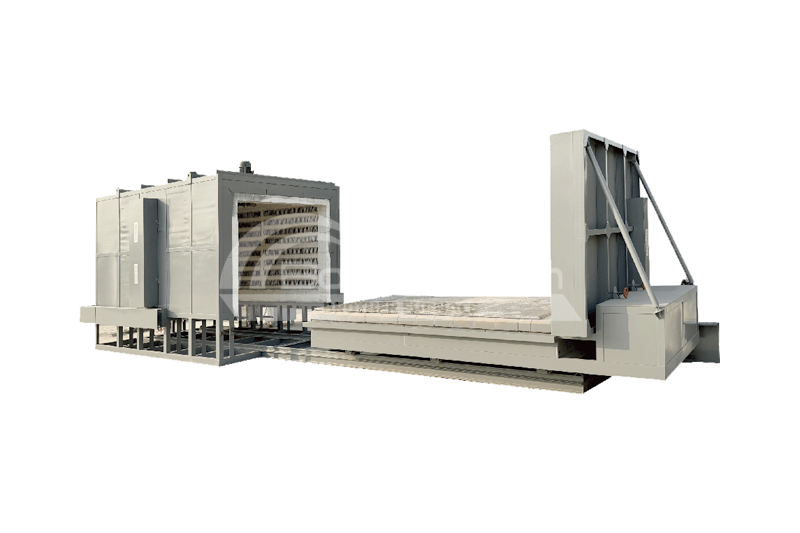Do You Learn the Heating Elements of Electric Furnace?
 BROTHER FURNACE
BROTHER FURNACE
 2024-01-08 23:30
2024-01-08 23:30
In modern industrial production, electric furnaces are a common heating equipment, and their performance and efficiency depend on the selected heating elements. Different types of electric furnaces use various heating technologies to meet different process and production needs. But what are the main heating elements? This article will walk you through.
Classification of Common Heating Elements
The common heating elements of Brother Furnace mainly include resistance wire, silicon carbon rod, and silicon molybdenum rod. The following is their main introduction.

Silicon carbide rod
Silicon carbide rod is a composite material composed of silicon and carbon, which has high temperature stability and good electrical conductivity. Silicon carbide rods are commonly used in electric arc furnaces and induction heating equipment. This heating element performs well at high temperatures and responds well to electromagnetic fields. Silicon carbon rods are widely used in high-temperature electric furnaces and other electric heating equipment in industries such as magnetic materials, ceramics, glass, powder metallurgy and machinery.
advantage
Selected high-purity green silicon carbide powder
A 500-ton press presses the embryo body to ensure density uniformity
Excellent hot and cold end resistance ratio, energy saving, long service life
Special surface coating can delay the aging speed of silicon carbide rods

Resistance wire
Resistance wire is one of the most common heating elements found in electric stoves. Nickel-chromium alloy or iron-chromium-aluminum alloy is usually used as the material of resistance wire. These alloys have a high electrical resistivity and heat is generated when electricity is passed through them. Resistance wire is widely used in a variety of heating applications, including smelting, heat treating, and industrial heating.
advantage
High resistivity: generates heat for efficient heating.
Stability: Remains relatively constant resistance over long periods of use.
Good mechanical properties: able to withstand heating and cooling cycles.
Oxidation resistance: Prevent oxidation of material surface under high temperature conditions and extend the service life of components.
Silicon molybdenum rod
Silicon molybdenum rod is an alloy material composed of silicon and molybdenum, which has a high melting point and excellent high temperature resistance. Silicon-molybdenum rods are often used in high-temperature environments, such as heating elements in vacuum furnaces and high-temperature furnaces. Its advantages include stable physical properties, good oxidation resistance and corrosion resistance, making it suitable for some special high-temperature heating scenarios. Silicon molybdenum rods are suitable for research and production of glass, ceramics, refractory materials, metallurgy, steelmaking, crystals, electronic components, and semiconductor materials.
advantage
Oxidation resistance, can be used continuously in oxidizing atmosphere. Automatic repair function
Strong solder joints and strong impact resistance
The product has high density, good conductivity, fast heating and low power consumption.
Old and new components can be used in series


